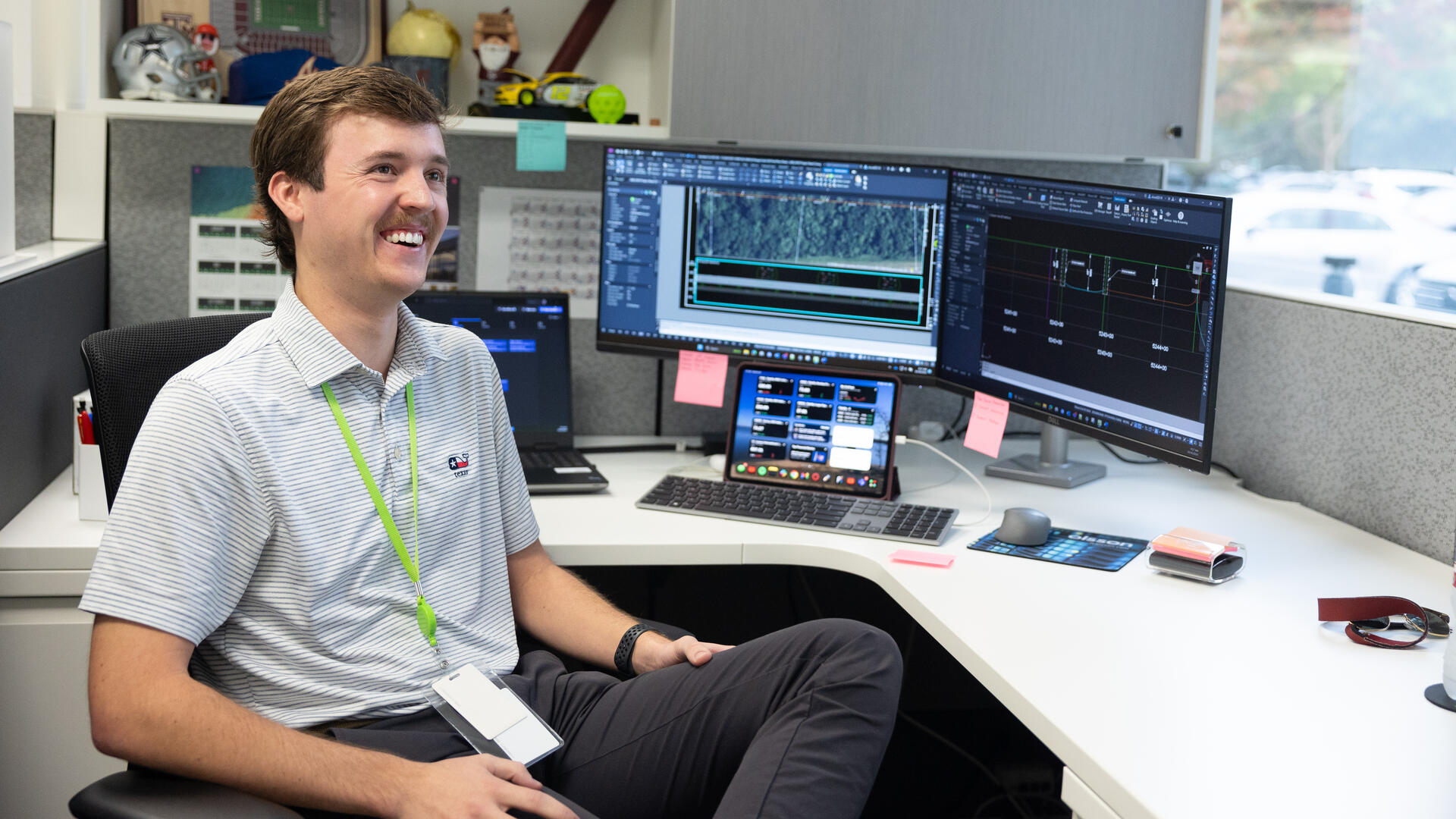Standards governing the design and ventilation of compounding pharmacies have historically fallen short of the most important goals. Hopefully, that will soon change.
The ASHRAE Standing Standard Project Committee (SSPC) 170 has published new recommendations for the heating, ventilation, and air conditioning (HVAC) design of compounding pharmacies. As a mechanical and fire protection engineer specializing in healthcare facility design, I served as the administrative committee chair.
The ASHRAE committee invited all key stakeholders to participate in the process. In addition, the committee conducted public meetings and solicited written comments in accord with procedures set by the American National Standards Institute.
We set out to make pharmacies more uniformly functional. But our most important objective is to improve the safety and efficacy of pharmacies for those who fill or take prescription medications.
What is a compounding pharmacy?
Drug compounding refers to “the process of combining, mixing, or altering ingredients to create a medication that tailors to the needs of an individual patient,” according to the U.S. Food and Drug Administration (FDA). Thousands of pharmacies – from national chains to hospital pharmacies – engage in some type of compounding.
Most commonly, the practice involves turning a medication from a solid to liquid for a patient who cannot swallow a pill. Other examples include formulating customized drug dosages, removing dyes that trigger allergic reactions in some patients, and producing specialized intravenous (IV) drugs for treatment of cancer, hormonal disorders, and other serious illness.
Well-engineered designs are essential for the proper performance of compounding pharmacies.
For example, a sterile, temperature- and humidity-controlled space within the pharmacy – called a cleanroom– reduces risks to patients. In addition, adequate ventilation and air filtration can help protect pharmacists and assistants from incidental exposure to powerful medications.
The task of verifying the function of compounding pharmacies falls to state public health agencies and, in some cases, the FDA. In addition to state and federal laws, the inspectors turn to design standards for guidance.
Existing standards
In response to patient injuries and deaths tied to contaminated compounded medicines, the nonprofit U.S. Pharmacopeia (USP) created the first standards for compounding pharmacies in 2004. The standards have been updated and revised several times since.
The existing USP standards, however, provide limited detail. When combined with the array of cleanroom design approaches, there exists no clear best practice when it comes to designing compounding rooms. So, engineers and inspectors interpret these standards differently, leading to an overall lack of uniformity among pharmacies.
As a result, some pharmacies perform better than others.
A different approach to standard setting
To improve designs and make pharmacies more uniform, ASHRAE – the global society of heating, refrigeration, and air conditioning engineers – assigned a committee to publish new recommendations. Engineers who have collectively designed hundreds of health care facilities and pharmacies served on the committee.
The committee obtained multiple peer reviews across the industry. Conference calls were held. Innumerable emails were exchanged. USP was consulted and reviewed the document although the organization declined direct involvement.
We invited all interested voices to participate in a crucial conversation, including the people who design, inspect, and work in pharmacies.
The ASHRAE recommendations
The new recommendations contained in a white paper address key details. The chapters include secondary engineering controls, clean rooms, duct work materials, intake and exhaust clearances, emergency power, and HVAC equipment considerations.
The ASHRAE recommendations should produce more consistency in the design and implementation of compounding pharmacies across the country. Today, pharmacists often must relearn procedures in unfamiliar workspaces as they move within networks or start new employment. In the future, they ideally will encounter pharmacy spaces across locations that are recognizable and easy to navigate.
Those of us who served on the committee also are confident the recommendations can help the industry reach the important goal of safer workplaces for professionals and effective, untainted medications for consumers.

































.avif)





































.avif)






















